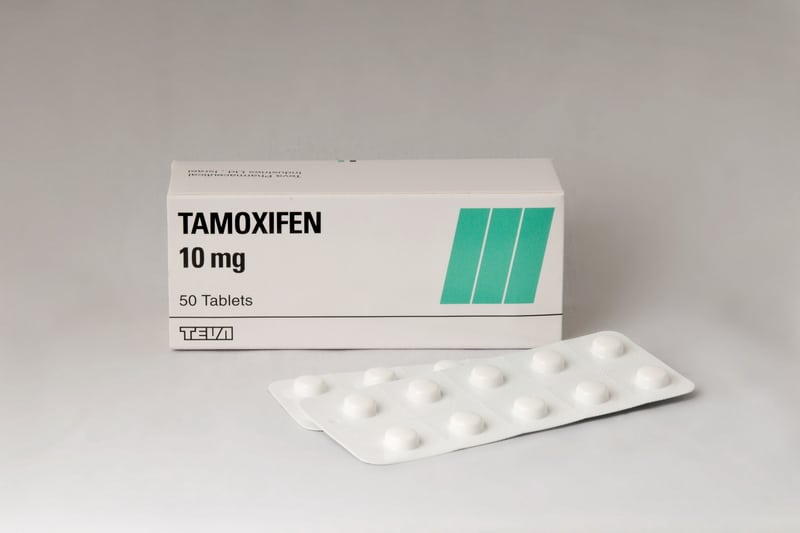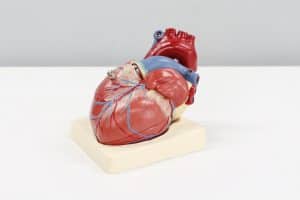
NICE consults on tamoxifen
pharmafile | January 15, 2013 | News story | Sales and Marketing | Cancer, Evista, NICE, lilly, tamoxifen
Patient groups have welcomed NICE’s new draft guideline recommending the use of preventive treatments in women who have a family history of breast cancer.
The watchdog says tamoxifen or Lilly’s Evista (raloxifene) might be used as treatments to prevent breast cancer and the consultation on a draft guideline, issued today, also takes in new recommendations on genetic testing and screening.
The guideline was published in 2004, last updated in 2006 and NICE says clinical advances mean there is a need to revisit it now. Stakeholders have until 25 February to respond.
“The causes of cancer are complex and not fully known,” admitted Professor Mark Baker, director of the centre for clinical practice at NICE.
“However, we do know that having a family history of breast, ovarian or a related cancer can significantly increase the risk of developing breast cancer, including developing the cancer at a younger age,” he went on.
It is also more likely that people with family history who then develop breast cancer themselves could develop a separate tumour in the other breast following initial treatment.
Chris Askew, chief executive of Breakthrough Breast Cancer, called the draft a ‘historic’ step. “It is the first time drugs have ever been recommended for reducing breast cancer risk in the UK,” Askew added.
“This is exciting as, even though most women do not have a significant family history of the disease, it’s crucial that those who do have an array of options to help them control their risk,” Askew went on.
The charity said it was pleased that women who have had breast cancer, and men, were included in draft guidance for the first time.
The draft update also makes recommendations for people with a recent diagnosis of breast cancer who also have a family history of the disease.
Breast cancer is the most common cancer in the UK with around 50,000 women and 400 men diagnosed each year.
Although the majority of cases are sporadic and occur by chance, family history is a known risk factor – and the stronger the family link is, the greater the likelihood of developing the disease.
NICE says risk can depend on;
-
- nature of the family history
- number of relatives who have developed breast, ovarian or a related cancer
- age at which relatives developed breast cancer
- age of the person in question.
Adam Hill
Related Content

NICE recommends migraine treatment for NHS use
The National Institute for Health and Care Excellence (NICE) has shared draft guidance recommending AbbVie’s …

Geneos Therapeutics shares data from phase 1/2 trial for cancer vaccine
Geneos Therapeutics has announced that it has published positive safety, immunogenicity and efficacy data from …

Curve Therapeutics’ CSO publishes research on HIF inhibition for cancer treatment
Curve Therapeutics has announced that its chief scientific officer, Professor Ali Tavassoli has published research …








